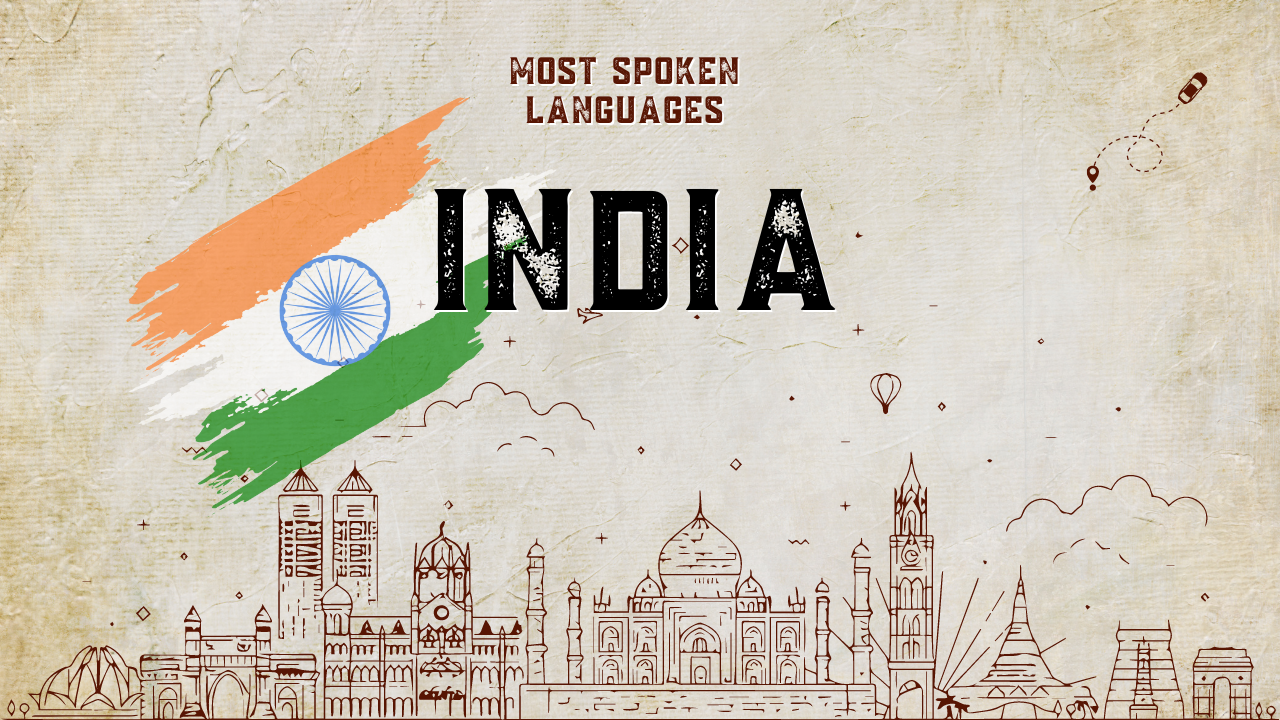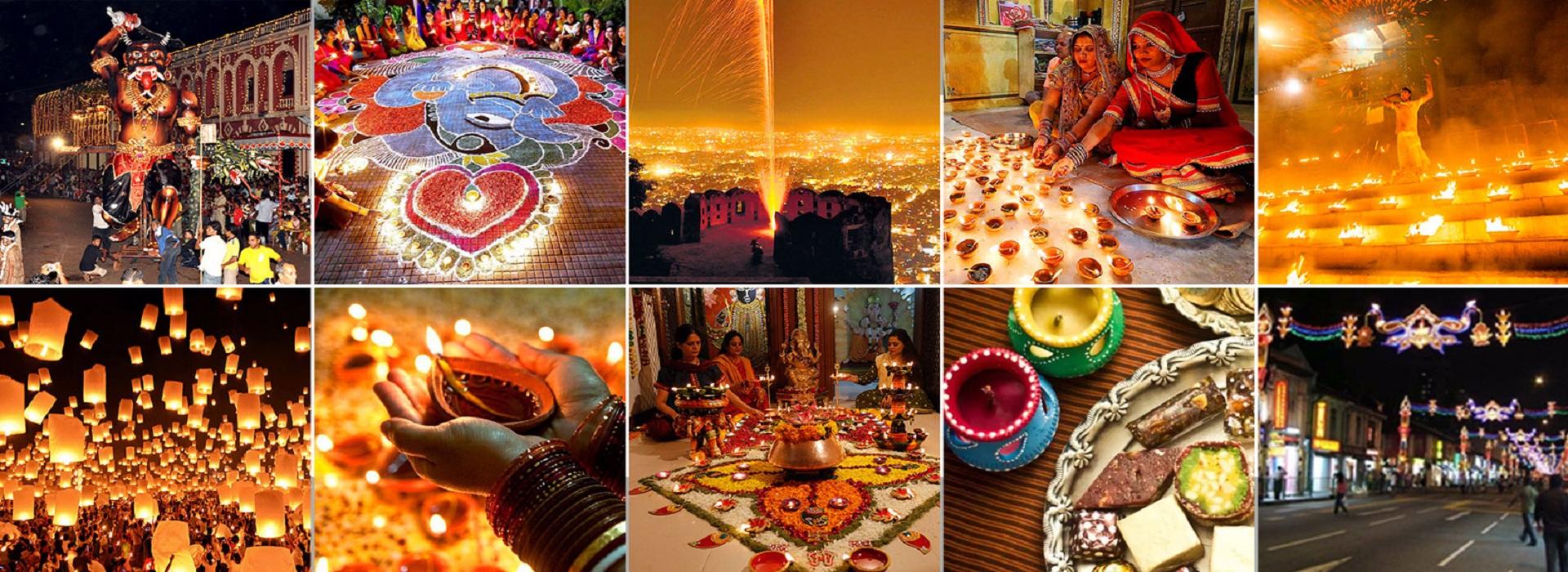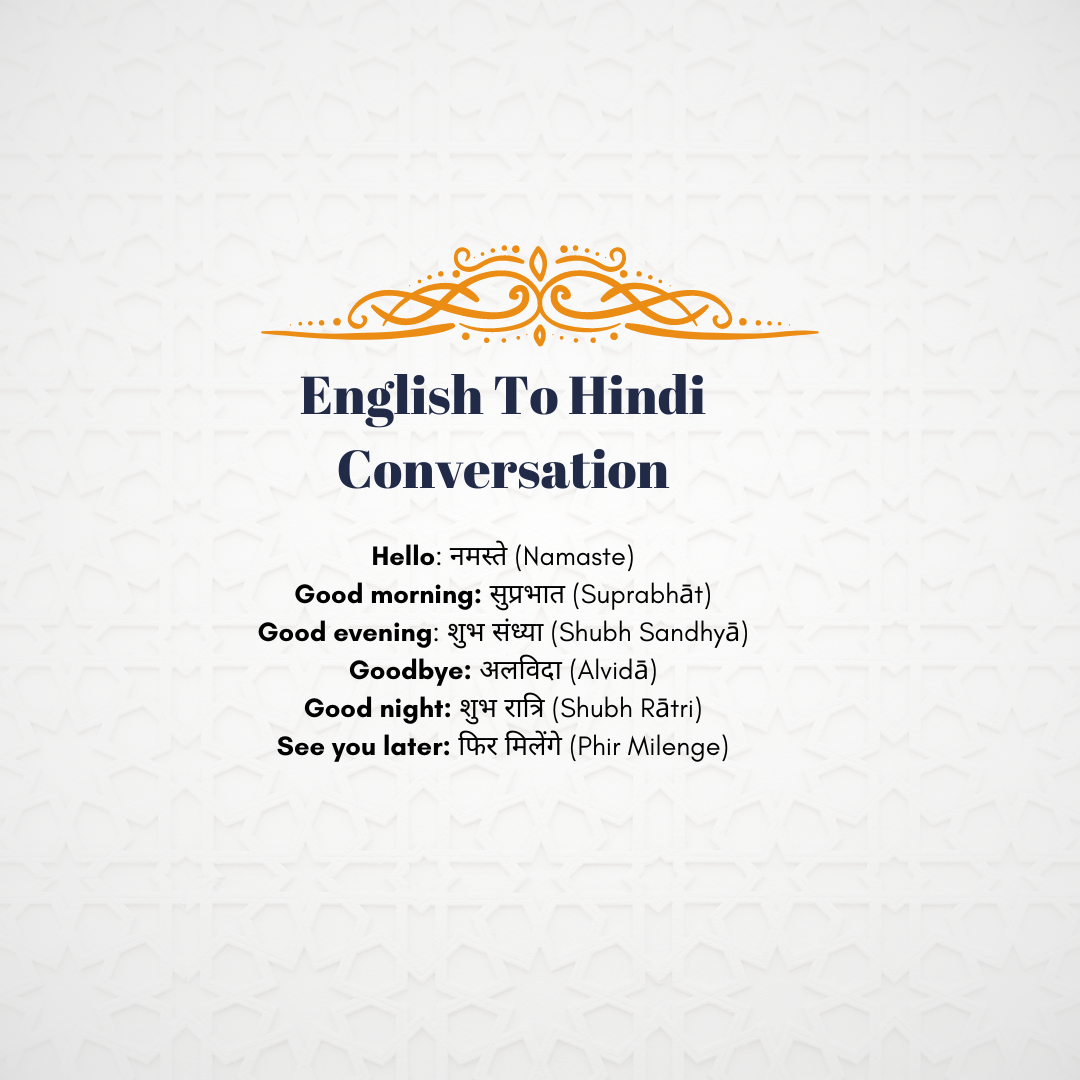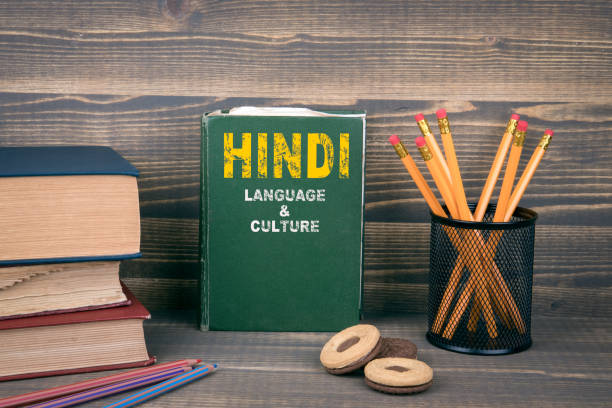India is a country known for its incredible cultural diversity, and at the core of its social traditions is Hinduism—the first religion to spread across the Indian subcontinent. With origins tracing back thousands of years, Hinduism is the world’s oldest living religion, influencing not just spiritual practices but an entire way of life. It embraces a vast range of beliefs, rituals, and traditions that have evolved over time.
But what does it truly mean to be Hindu in India? How does Hinduism shape the country’s society and daily life? Let’s take a closer look at this ancient belief system and its role in modern India.

What is Hinduism?
Hinduism, with its origins in ancient India, is a complex and diverse religion, encompassing a multitude of beliefs and practices. More than a religion, it is a way of life that is deeply ingrained in the cultural fabric of the country.
It is best known for having many deities, having many interesting and beautiful temples, and unique rituals.
Most scholars suggest that Hinduism originated around 2300 B.C. to 1500 B.C. in the Indus Valley, located near present-day Pakistan. However, numerous Hindus contend that their religion is eternal and has perpetually existed.
Many of the social norms and everyday things in India are influenced by the ancient Vedic society, which would later develop into Hindu society. Today, people of all religions live by at least some of these ancient Vedic/Hindu principles simply because they are woven into every thread of Indian society; it doesn’t make them less of their religion, but it just goes to show how Hinduism has influenced the development of the nation.
Is The Indus Valley related to Hinduism?
"Hindu" is derived from the Persian word "Sindhu," which is the Sanskrit name for the Indus River and the southern Indus Valley as a province of the Achaemenid empire, which is now the modern Sindh province of Pakistan. The term "Indus Valley" also originally referred to "India" around 500 BCE.
78.9% of India Source: Worldpopulationreview
| Region | Hindus | Total | % Hindus |
|---|---|---|---|
| West Bengal | 64,385,546 | 91,276,115 | 70.54% |
| Uttarakhand | 8,368,636 | 10,086,292 | 82.97% |
| Uttar Pradesh | 159,312,654 | 199,812,341 | 79.73% |
| Tripura | 3,063,903 | 3,673,917 | 83.40% |
| Tamil Nadu | 63,188,168 | 72,147,030 | 87.58% |
| Sikkim | 352,662 | 610,577 | 57.76% |
| Rajasthan | 60,657,103 | 68,548,437 | 88.49% |
| Punjab | 10,678,138 | 27,743,338 | 38.49% |
| Puducherry | 1,089,409 | 1,247,953 | 87.30% |
| Odisha | 39,300,341 | 41,974,218 | 93.63% |
| Nagaland | 173,054 | 1,978,502 | 8.75% |
| Mizoram | 30,136 | 1,097,206 | 2.75% |
| Meghalaya | 342,078 | 2,966,889 | 11.53% |
| Manipur | 1,181,876 | 2,855,794 | 41.39% |
| Maharashtra | 89,703,056 | 112,374,333 | 79.83% |
| Madhya Pradesh | 66,007,121 | 72,626,809 | 90.89% |
| Lakshadweep | 1,788 | 64,473 | 2.77% |
Key Beliefs of Hinduism
Hinduism is a vast and deeply intricate belief system, filled with countless traditions and practices—far too many to cover in a single article. So, for now, we’ll focus on the essentials.
At the heart of Hinduism is the concept of Dharma, the moral and ethical duties individuals must uphold throughout their lives. The religion also places great emphasis on the pursuit of knowledge, self-realization, and spiritual growth, as outlined in the Vedic texts. This is where well-known practices like yoga and meditation originate. The ultimate goal in Hinduism is to attain Moksha, or liberation from the cycle of Samsara (reincarnation), allowing one to unite with the divine. Hindu tradition offers multiple paths to achieving this spiritual freedom.
Another key belief is Karma, the idea that a person’s actions—good or bad—shape their present and future experiences. Every choice carries consequences, influencing the course of one’s life.
Hinduism is often considered polytheistic, as it recognizes countless deities, each with unique attributes and roles. However, some view it as monotheistic, believing that all gods are manifestations of a single supreme entity, Brahman. How Hinduism is understood largely depends on individual beliefs, traditions, and sects.
Understanding Vaishnavism in Hinduism
Hinduism encompasses various sects and traditions, with Vaishnavism being one of the most prominent. Vaishnavism focuses on the devotion and worship of Lord Vishnu and his avatars specifically, such as Lord Krishna and Lord Rama. Vaishnavites engage in rituals, prayers, and bhajans (devotional songs) to express their devotion.
The other two major deities that many Hindus follow are Brahma and Shiva. Those who follow mostly Brahma are called Brahmana, and those who mostly follow Shiva are called Shaivas.
Core Hindu Practices
Like most religions, different aspects of Hinduism are celebrated throughout the year with different festivals and observances. Many regular observations happen on a daily, weekly, monthly, or other frequent basis.
We will discuss the big yearly festivals later on in this article. As for frequent observations, many Hindus practice yoga daily as a religious custom, read from scriptures, meditate, participate in Satang (prayer groups), chant mantra, visit a temple, perform Seva (charitable work), and hold Puja in their family shrine (mandir) at home.
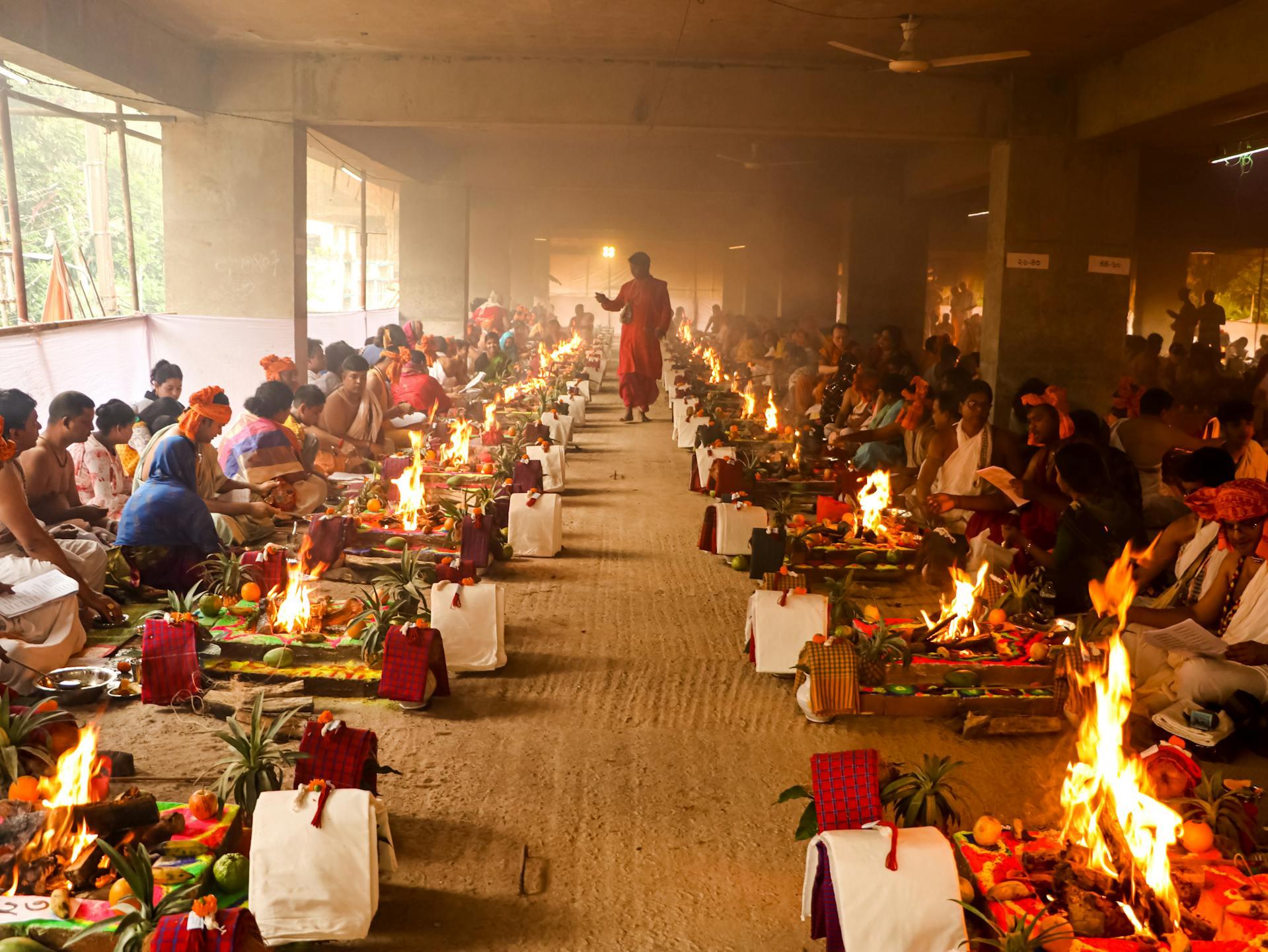
Most Important Hindu Texts
Of course, one of the things Hinduism is most known for is its ancient scriptures, written over the course of hundreds of years by many people. These texts help guide Hindus in their beliefs. They are considered the divine revelation of truth and knowledge.
The four main texts are known as the Vedas:
- Rigveda
- Samaveda
- Yajurveda
- Atharvaveda
Each Veda serves a specific purpose, whether it is the recitation of hymns or the performance of rituals.
The Vedas are ancient texts that contain hymns, rituals, and philosophical teachings. They give instructions on how to practice Hinduism as well as guidance for daily life (ie the principles that are interwoven into Indian culture). Each Veda has a companion text known as its Vedanta, also called Upanishads.
The most popular texts that deal with more religious knowledge are:
- Bhagavad Gita
- Ramayana
- Mahabharata
- Puranas
There are hundreds of other texts about the many facets of Hinduism, both ancient and traditional scriptures and more modern material as well.
Hinduism Across the Globe
While most Hindus live in India, and those who do not mostly live in South Asia, Hinduism and those who come from a Hindu lineage are rapidly spreading all around the globe.
From North America to Europe to Russia to Africa to Oceania, Hinduism is increasing in numbers as more people emigrate from India in search of education and employment, and there is a non-negligible amount of people converting to the faith as spirituality and yoga become more popular worldwide.
Regardless of where Hindus live, most still partake in at least some of their traditions, especially big holidays like Diwali and Holi. These captivating and beautiful festivals also draw in many non-Hindus to join in the celebration as well.
Important Dates and Festivals in Hinduism
Holy days hold immense significance in Hinduism, providing devotees with the opportunity to express their devotion, celebrate, and seek blessings from the divine. These occasions are marked by elaborate rituals, prayers, fasting, and offerings. Holy days are not only a time of religious observance but also a time for families to come together and celebrate their faith.
Understanding the Hindu Calendar
The Hindu calendar comprises 12 months, each tied to a specific moon phase. The names of these months may vary by region, but some common ones include Chaitra, Vaishakha, Jyeshtha, Ashadha, Shravana, Bhadrapada, Ashwin, Kartika, Margashirsha, Pausha, Magha, and Phalguna.
The Hindu calendar also includes a seven-day week, with each day named after a celestial body:
- Ravivar: Sunday
- Somvar: Monday
- Mangalvar: Tuesday
- Budhvar: Wednesday
- Guruvar: Thursday
- Shukravar: Friday
- Shanivar: Saturday
The Hindu calendar year follows the Vikram era, named after King Vikram of Ujjain, and is still commonly used in Northern and Western India. The calendar originated in 57-56 BCE.
One thing that can be quite confusing about certain Hindu holidays is that some are scheduled according to the Śaka calendar (which is like the Gregorian calendar), some are according to the lunar calendar (Vikram Samvat aka Vikrami calendar aka Tithis calendar), and some follow an ancient calendar system known as the Tamil Calendar. These things are bound to happen in a place as old as India as new systems for measuring time have been invented and implemented for thousands of years!
These discrepancies can cause different parts of India to celebrate the same occasion at slightly different times.
In general, most Hindu festivals are celebrated in accordance with the Śaka calendar, except for some that rely heavily on the phase of the moon, in which case they will be aligned with the Vikram Samvat. Other religions have similar methodologies for some of their major celebrations, too; it’s not just Hinduism!
The Importance of Hindu Festivals in Indian Culture
Just like any religion and its festivities, Hindu celebrations and observances are ways for people to connect with faith, honour the passage of time, reunite with others who share their beliefs as well as family, purge things that their religion requires, practice something cathartic, and ultimately set aside time to reinvigorate their beliefs while energizing their bodies and minds.
Just as the West is heavily influenced by Christian foundations which have a hand in the everyday goings-on regardless of an individual’s religion, Hinduism runs through Indian society’s core. Festivities, observances, and celebrations are a way for everyone in the community to come together and feel connected with one another.

Most Important Hindu Festivals
1. Diwali - The Festival of Lights
Diwali, also known as Deepavali, represents the triumph of light over darkness and good over evil. it is believed that Goddess Lakshmi, the deity of wealth and prosperity, visits homes that are brightly illuminated with diyas.
2. Holi - The Festival of Colors
Holi is a vibrant celebration that marks the arrival of spring and the prevalence of good over evil. During Holi, participants throw coloured powders and water at each other, creating a kaleidoscope of hues.
3. Navratri - The Festival of Nine Nights
Navratri is a nine-night festival dedicated to the worship of the goddess Durga. Devotees engage in energetic dance forms like Garba and Dandiya, accompanied by traditional music. This Durga festival occurs mostly in the North and West of India and celebrates Lord Rama’s Lord Rama’s victory over Ravana on Dussehra.
4. Durga Puja - The Worship of Goddess Durga
Durga Puja is the South and East (specifically Bengal) Durga festival which celebrates the goddess Durga and her victory over the demon Mahishasura. It is ten days long and is celebrated with pandals, processions, performances, and rituals.
5. Raksha Bandhan - The Festival of Sibling Bond
On this auspicious day, sisters tie a protective thread, known as a Rakhi, around their brothers' wrists, symbolizing their love and commitment to each other as siblings. Brothers, in turn, promise to protect and care for their sisters.
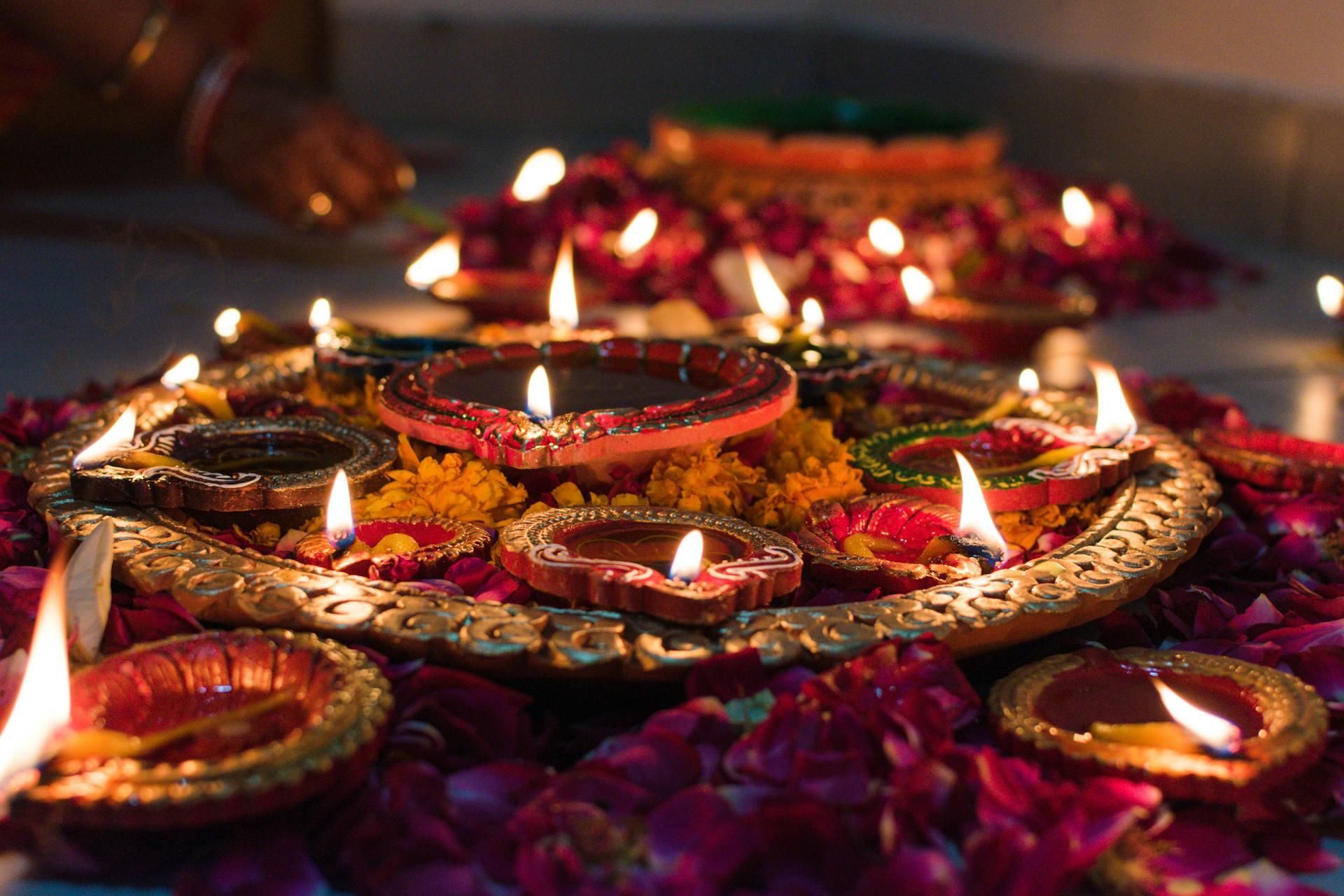
6. Ganesh Chaturthi - The Celebration of Lord Ganesha
Ganesh Chaturthi is a ten-day festival dedicated to Lord Ganesha, the elephant-headed deity of wisdom and prosperity. The festival begins with the installation of Ganesha idols in homes and public spaces. Devotees offer prayers, perform aarti, and indulge in festive feasts. At the end of the celebration, the idols are immersed in water, symbolizing the departure of Lord Ganesha and the removal of obstacles from one's life.
7. Janmashtami - The Birth of Lord Krishna
Janmashtami commemorates the birth of Lord Krishna. The festival is characterized by devotional singing, fasting, and re-enactments of episodes from Lord Krishna's life. Devotees participate in midnight vigils, known as "Krishna Janmashtami," to celebrate the divine birth.
8. Pongal - The Harvest Festival of South India
Pongal is a four-day harvest festival celebrated in the southern states of India. It is a time to express gratitude for the bountiful harvest and seek blessings for future prosperity. The festival is marked by the preparation of a special dish called Pongal. People decorate their homes with colourful rangoli and offer prayers to the Surya, the Sun God.
9. Maha Shivaratri - The Birth of Lord Shiva
On this auspicious day, devotees observe fasts, offer prayers, and participate in various rituals to seek blessings from Lord Shiva. The festival is marked by the chanting of mantras, devotional songs, and the lighting of lamps. It is believed that observing Maha Shivaratri with utmost devotion can remove all sins and grant spiritual enlightenment.
10. Rama Navami - The Birth of Lord Rama
Devotees across the world gather to offer prayers and seek blessings from Lord Rama. The festival is renowned for its vibrant processions, where people dress up as various characters from the Ramayana. It is a time when families come together to recite sacred hymns and perform rituals in honour of Lord Rama.
Discover a Hindi class nearby or online lessons when you search for a tutor on Supeprof.

Hindu Holy Sites
Hinduism is bursting with holy sites that hold immense spiritual significance for its followers. These sites are believed to be sacred, often associated with the birth or life of a deity or a revered sage. Pilgrimage (Yatra) to these holy sites is considered a sacred duty for devout Hindus, providing an opportunity for spiritual growth and divine blessings.
History of Hindu Temples
Hindu temples wildly vary in age, as they have been constructed for hundreds if not thousands of years. The oldest known (and functional) Hindu temple is Mundeshwari Devi Temple in Bihar, which is believed to have been constructed between the 2nd and 4th centuries.
The newest temple construction is BAPS Hindu Mandir Abu Dhabi which just opened in February 2024. The most famous recent temple is the Ram Mandir in Ayodhya, which was sanctified in January 2024 but has not yet finished construction.
Some temples also feature different special qualities which set them apart from other, more mundane temples.
For example, there are 12 temples that house Jyotirlingas, physical representations (lingam) of the places where Shiva is said to have pierced the world with a beam of light (stambha). Most Shiva temples house shivalingam as idols but the Jyotirlingas are said to be the most holy.
Many temples also feature holy symbols in or around them, like the Vishnu Charan Paadhuka at Badrinath Temple in Uttarakhand.
The Importance of Pilgrimage
Pilgrimage, known as yatra in Hinduism, holds a special place in Hinduism, with devotees embarking on journeys to sacred Hindu worship cities to seek blessings and spiritual purification. It is believed that yatra allows individuals to detach from worldly distractions and focus on their spiritual journey. The act of embarking on a yatra is seen as an expression of devotion and a means of seeking divine grace.
There are several different large-scale yatras for pilgrims to undertake, as well as countless local ones. Large yatras span over many Holy cities in India.
Understanding Mokshdayani Sapt Puri
The Saptapuri is one of the holiest of the yatras because it consists of visiting the seven most holy cities in Hinduism: Ayodhya, Mathura, Haridwar, Varanasi, Kanchipuram, Ujjain and Dwarka. It is believed that completing this specific yatra can help one achieve moksha.
Other popular yatras include the Char Dham, the 108 Divya Desams, the Shakti Pithas, the Maha Jyotirlinga, and the Shakti Pithas, but there are many others as well.
The 10 Most Famous Hindu Temples in India
It’s hard to make a definitive ranking of Hindu temples because each believer emphasizes a different aspect of Hinduism, placing importance on certain aspects that can change the level of importance of a temple. For example, Vaishnivites will, of course, rank the temples dedicated to Vishnu more highly than non-Vishnavites.
That being said, here are 10 of the most well-known temples for Hinduism.
| Temple | Location |
|---|---|
| Badrinath Temple | Chamoli, Uttarakhand |
| Sun Temple | Konark, Odisha |
| Brihadeeswara Temple | Thanjavur, Tamil Nadu |
| Somnath Temple | Somnath Gujarat |
| Kedarnath Temple | Rudraprayag, Uttarakhand |
| Sanchi Stupa | Sanchi, Madhya Pradesh |
| Ramanathaswamy Temple | Rameshwaram, Tamil Nadu |
| Vaishno Devi Temple | Katra, Jammu and Kahsmir |
| Siddhivinayak Temple | Mumbai, Maharashtra |
| Golden Temple | Amritsar, Punjab |
The Hinduism religion in India is a lively and diverse religious tradition that has influenced the country’s culture for thousands of years. Its core beliefs, rituals, sacred texts, festivals, and pilgrimage sites all play a significant role in shaping Indian society. For devotees, celebrating religious festivals and visiting sacred places offer comfort, spiritual renewal, and a stronger bond with the divine. Even today, Hinduism remains a source of inspiration, wisdom, and guidance for millions of people around the world.
Discover online spoken Hindi classes on Superprof!


















